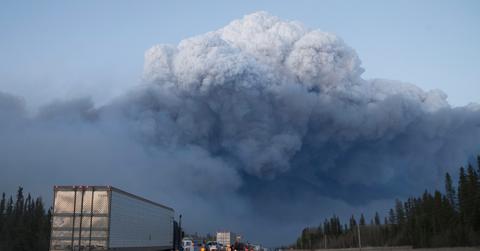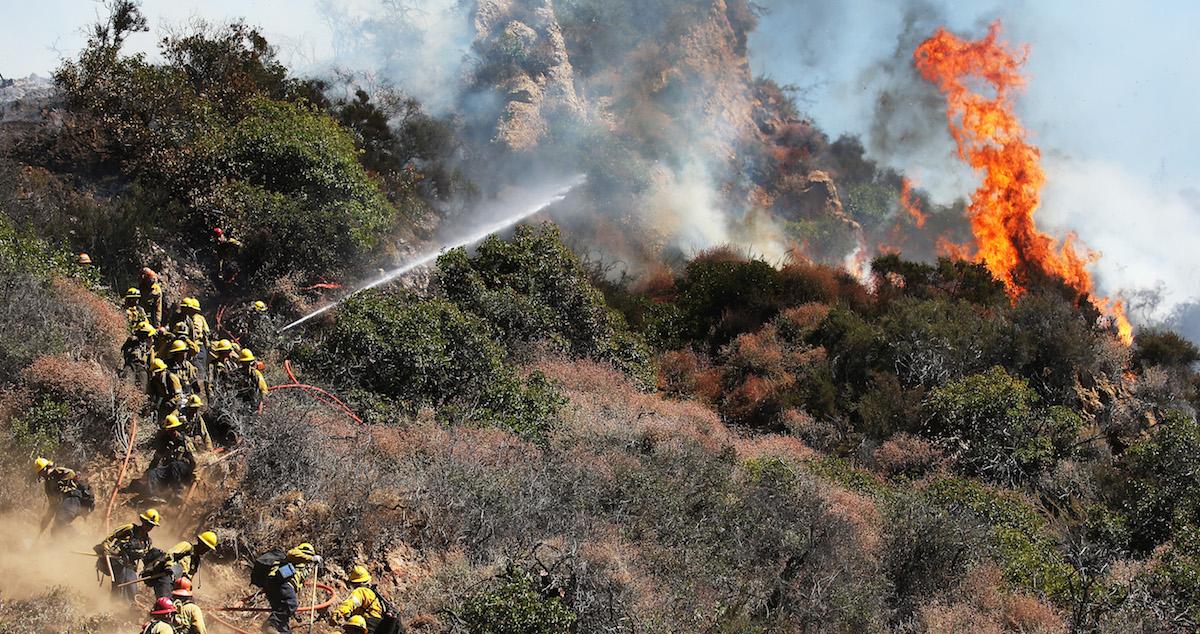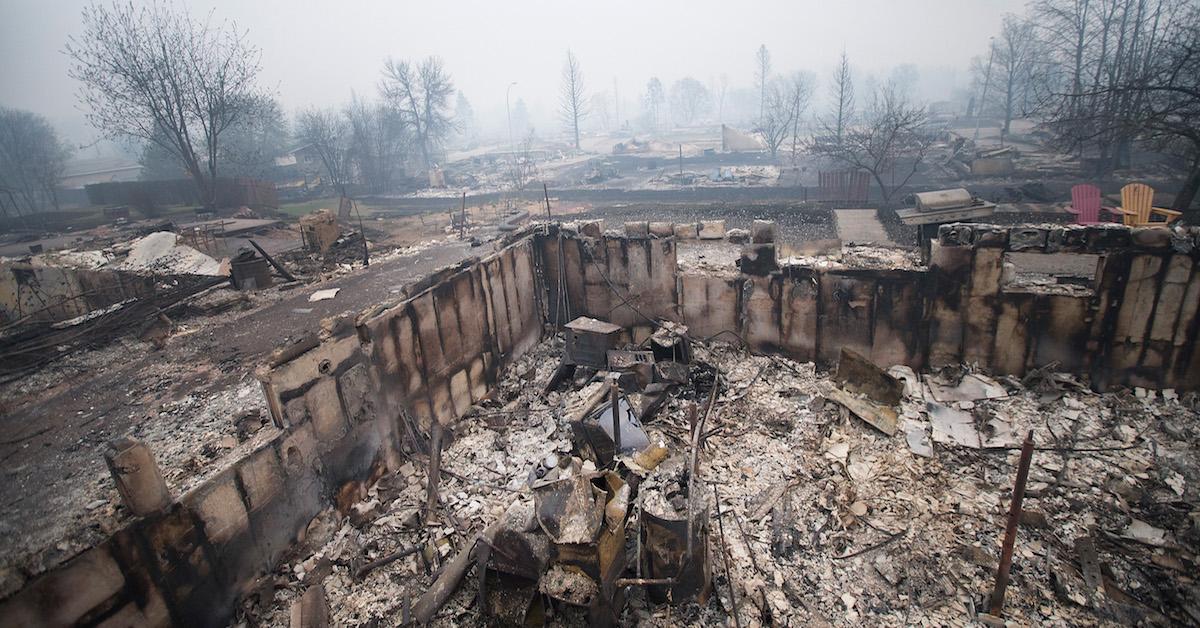Canada Is Battling More Than 180 Wildfires: Spots to Avoid If You Plan to Travel There
Published July 15 2021, 5:07 p.m. ET

In 2021, the steady increase of global temperatures has given rise to heat waves of a destructive and fiery nature, even in places like the Great White North. The most recent set of wildfires, first ignited at the end of June, have since burned across 500,000 acres of Canadian land. These Canadian wildfires are the direct result of the soaring temperatures and drought conditions that are also being felt in the U.S., and unfortunately, those conditions are quickly becoming the norm.
Where did the Canadian wildfires start?
According to NPR, the 2021 wildfires first began outside the village of Lytton in Canada's British Columbia province. If one examines the patterns of wildfires occurring in many parts of the Western U.S., the Canadian wildfires were almost an inevitability. CBC reports that the fires first began at the end of June 2021, when a heat dome of 121.2 degrees Fahrenheit formed above Lytton. The ground was hot enough and the vegetation dry enough that all it needed was a tiny spark.

What caused the Canadian wildfires?
According to meteorologist Chris Vagasky, approximately 70 percent of the current active wildfires in Canada are likely the result of lightning strikes. Vagasky works with Vaisala, an environmental measurement company, and he spoke to NPR about the frequency of lightning strikes detected in the Lytton area between June 30 and July 1, 2021.
The lightning detection system uncovered more than 700,000 strikes in that area alone, and any one of them could have ignited the fire. With record high temperatures of 121 degrees, it’s no wonder that the fire was able to thrive. According to Dr. Mike Flannigan of the University of Alberta, wildfires need only three things to thrive: ignition, fuel, and hot, dry, windy weather. Dr. Flannigan's assessment to the BBC is that this new rash of fires is the direct result of a multi-year drought.

What areas are most affected by the Canadian wildfires?
Despite having begun more than two weeks ago, the Canadian wildfires are still raging throughout several provincial areas, as of July 15. Canadian authorities have been forced to evacuate several towns and regions besides the British Columbian village of Lytton. According to NPR, the Cariboo Regional District has been issued an evacuation alert, as has the area around Deka Lake, which is located 100 miles north of Lytton.
Kamloops, which is approximately 220 miles northeast of Vancouver, has also been forced to evacuate. And despite the best efforts of many firefighters and military personnel, the continued heatwave has much of Western Canada on tenterhooks, as many people continue to keep a wary eye for that eerie orange glow on the horizon.

Has anyone been injured by the Canadian wildfires?
According to Reuters, the Canadian wildfires have already claimed the lives of a couple in their 60s, though those deaths have not been verified. Nevertheless, British Columbian officials report that some residents are still unaccounted for. This report was corroborated by Mike Farnworth, the province’s safety minister, who spoke to AP News.
Additionally, Canada reported at least 486 sudden deaths in British Columbia in a five-day period amidst the wildfires and heat waves, as the province's chief coroner, Lisa Lapointe, told CNN. That number is a 195 percent increase from typical sudden death rates during five-day periods in the area, the outlet added.
The town of Lytton has been all but destroyed by the initial blaze. 90 percent of the village, including the village center, as well as most homes and structures, has been burnt to cinders. No other provinces have experienced as much structural damage as of yet, but who knows when the winds will change.